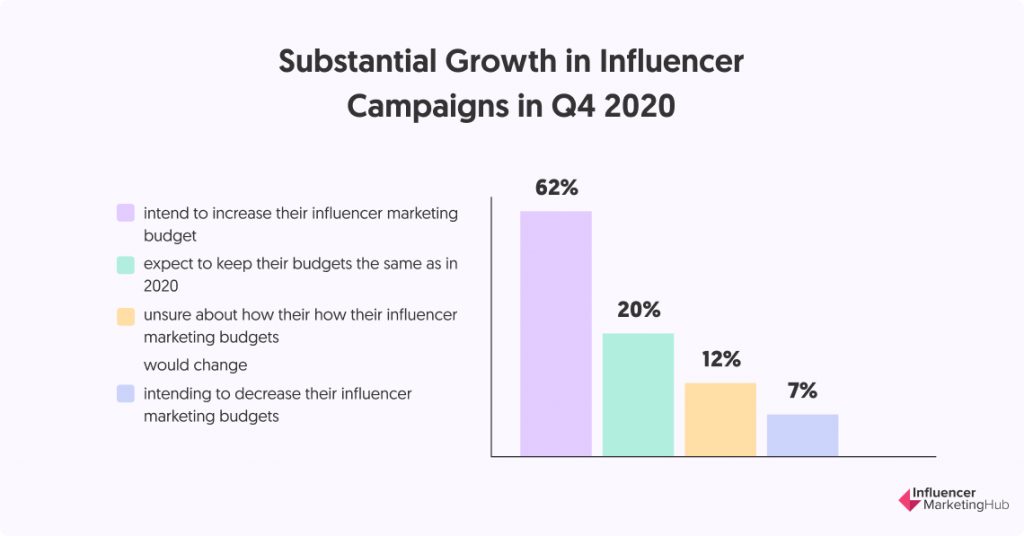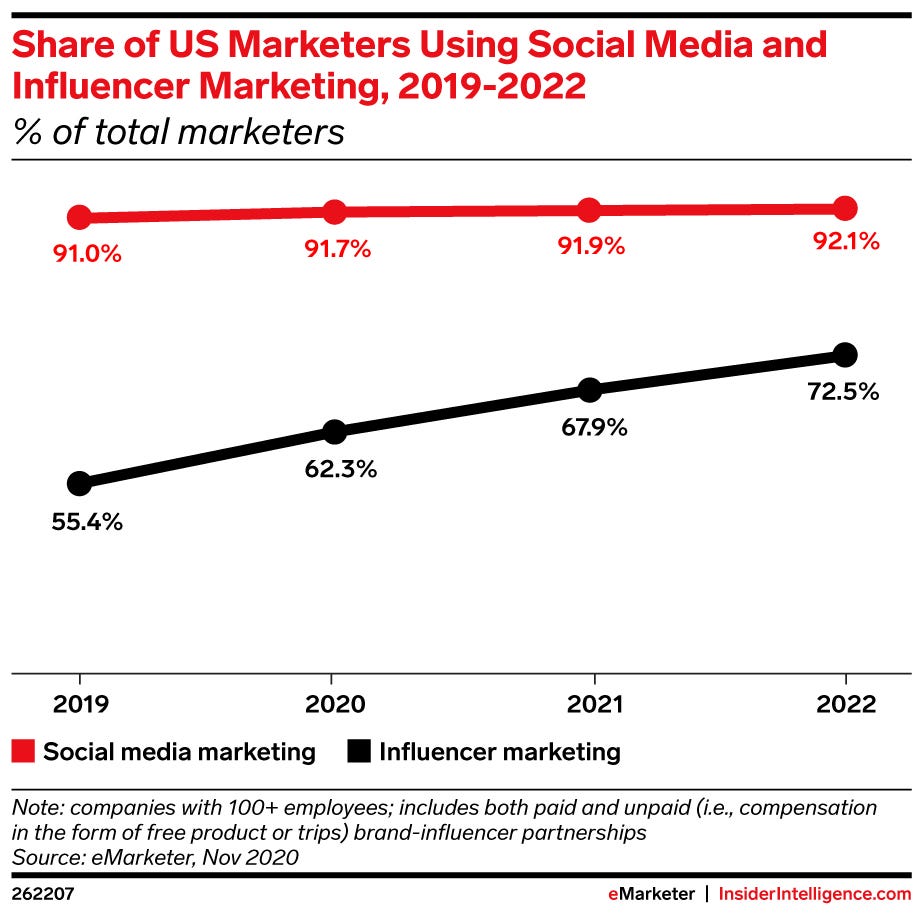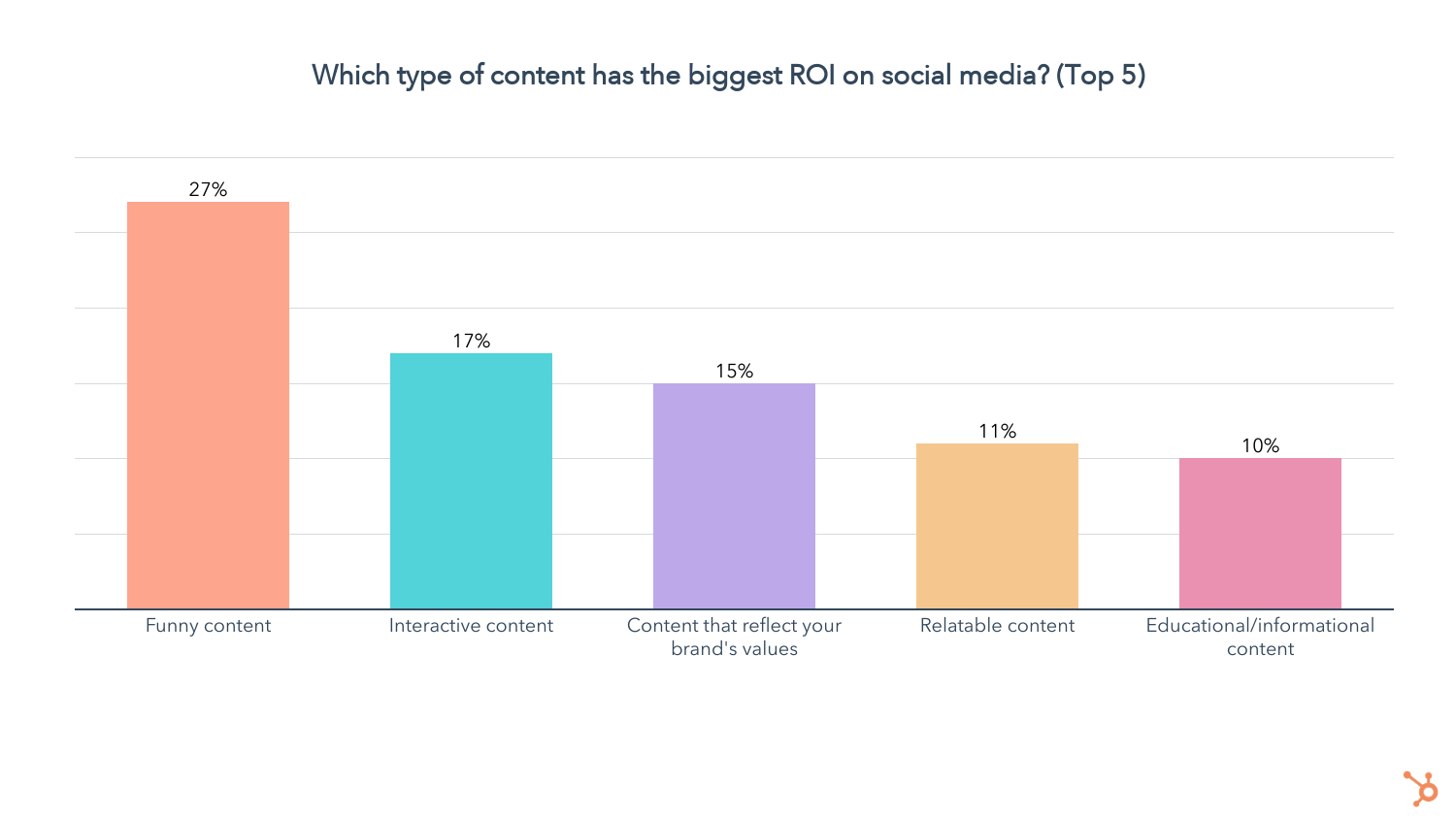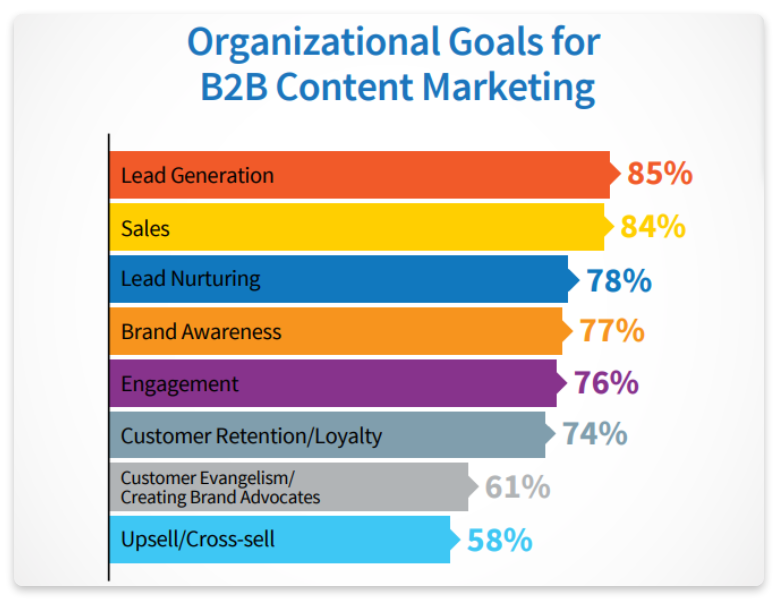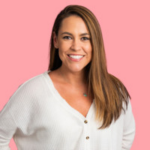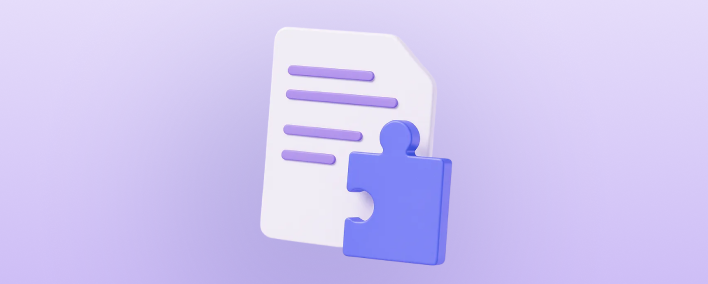Creating quality content
Even in a world where influencers trump traditional advertising, content is still as important as ever.
You may be using data to inform your search for influencers, but it’s just as important an indicator of the kind of content you should be making. Content should always be developed with an influencer’s personal data, influencers, audience, and trends in mind.
Of course, trends come and go. 2021’s big hit might be out of fashion by 2022, so ensuring you’re constantly updating your influencer content strategy is crucial. While on-site content can be updated with the times, simply copying and pasting your content to influencers who always operate in the here and now just won’t do.
Analytics tools can be used to see the topics, themes, and types of content that are trending in your niche. Noticing a trend across influencers like the ones you want to covet isn’t necessarily the best way to define your content strategy, but it can be used to direct it temporarily while you work out what works for your brand.
As mentioned previously, Influencer content can take many forms. Some influencers reach out to their audience through a sense of admiration and the curation of a perfect lifestyle, while others do it through relatability and a sense of unique creativity. You can opt for either of these, offering them a list of directions or trusting them with your brand guidelines.
Data should inform this decision to an extent, but also follow what works for your brand. How has your audience responded to content in the past? Are they more inclined for an informed type of content or would the lighthearted nature of influencer content make them more inclined to interact?
Important influencer marketing metrics
With all that said, what are the important metrics you need to harvest, analyze and use to inform your data-driven influencer marketing strategies?
Influencer marketing has led to the unveiling of vital insight that otherwise wouldn’t be known, such as the concept of “super spreader marketers.” These are the most connected influencers in a specific network and can be used to establish a collective reach within your specific sector.
Some key metrics and partnership statistics to look out for include:
- Reach and impressions: Some of the most important metrics. Reach and impressions define the number of people who see a particular influencer’s post and can offer an insight into how many people are and potentially could see your branded content.
- Audience engagement: Comparing user engagement rate relative to the size of an influencer’s audience demographics can give you a genuine picture of their live userbase and the actual audience you’re paying for.
- Brand mentions: Pre-campaign, you can use listening tools to see how active mentions of your brands are at this moment and the impact of influencer offers.
- Revenue from social: This metric can be used to establish exactly the ROI of your influencer campaign. Tools such as Google Analytics can offer insight into your goal value metrics, which can be assigned to particular conversions.
Additional metrics can be found post-campaign, where you can investigate how effective influencers were at directing new customers to your brand. Consider making this an important part of your post-purchase customer service. The voice of the customer is a brilliant tool that can also be used to streamline everything from customer service to service enjoyment, additional data that can be used to streamline earlier steps in the campaign namely influencer marketing.
Of course, always consider your own personal company KPIs as an indicator of influencer marketing success.













